Curcuma longa, commonly known as Turmeric, is a tropical herbaceous perennial plant renowned for its bright yellow rhizomes, which are the source of the popular spice turmeric. This plant belongs to the Zingiberaceae family and is native to Southeast Asia. Turmeric grows in clumps and features long, narrow, lance-shaped leaves with a glossy texture. It produces large, showy, yellow or orange flowers arranged on a central spike. The rhizomes, which are harvested after the plant matures, are dried and ground into a fine powder used in cooking, medicine, and cosmetics. Turmeric has long been valued for its anti-inflammatory and antioxidant properties, mainly due to the compound curcumin.
Features:
- Plant Type: Herbaceous perennial.
- Height: Grows 3–4 feet tall.
- Growth Habit: Upright, clump-forming growth with long, arching green leaves.
- Leaves: Long, lance-shaped, glossy green leaves with prominent veins.
- Flowers: Large, spike-like inflorescences with yellow or orange flowers.
- Rhizomes: Underground stems that are harvested for their vibrant yellow-orange color and used as spice or medicine.
- Climate: Thrives in tropical and subtropical climates with warmth and high humidity.
- Sunlight: Prefers full sun to partial shade.
- Soil: Well-draining, fertile, and moist soil with slightly acidic to neutral pH.
- Uses:
- Culinary: Dried and ground into a powder for use in cooking, especially in Indian, Middle Eastern, and Southeast Asian cuisines.
- Medicinal: Known for its anti-inflammatory and antioxidant properties, especially due to curcumin.
- Cosmetic: Used in skincare for its healing properties.
- Ornamental: Attractive flowers and foliage make it an interesting addition to gardens in tropical climates.




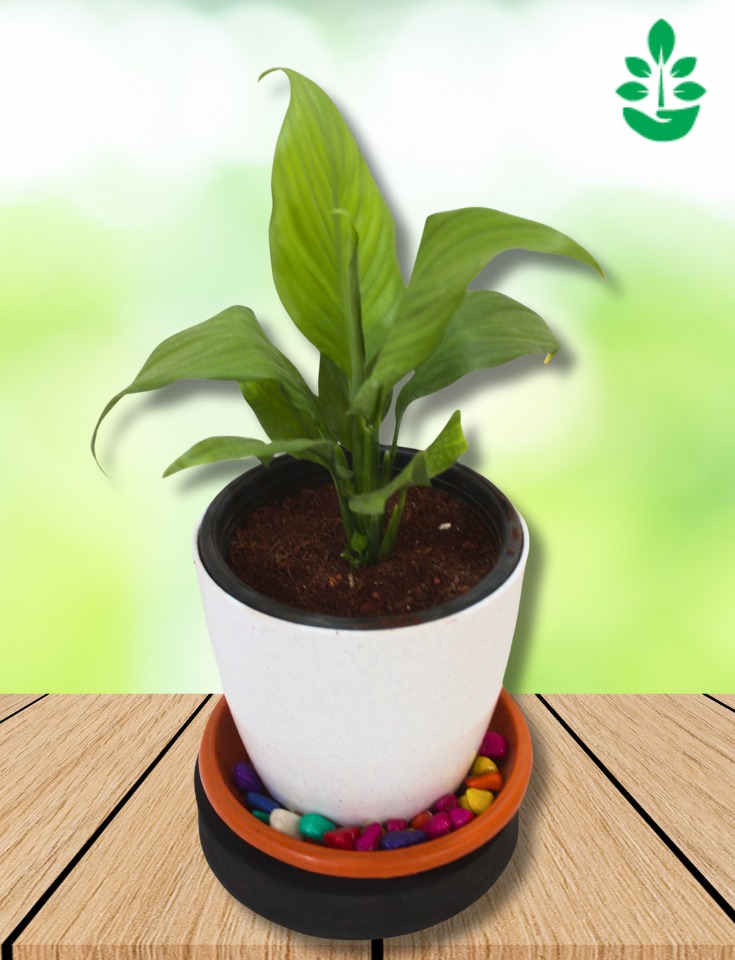
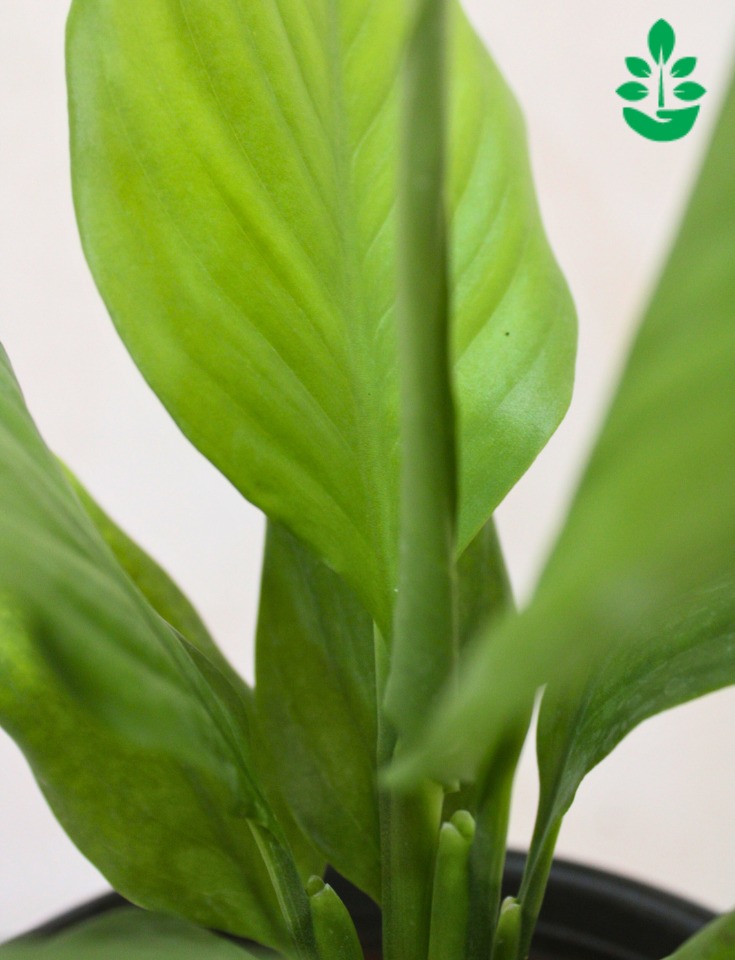
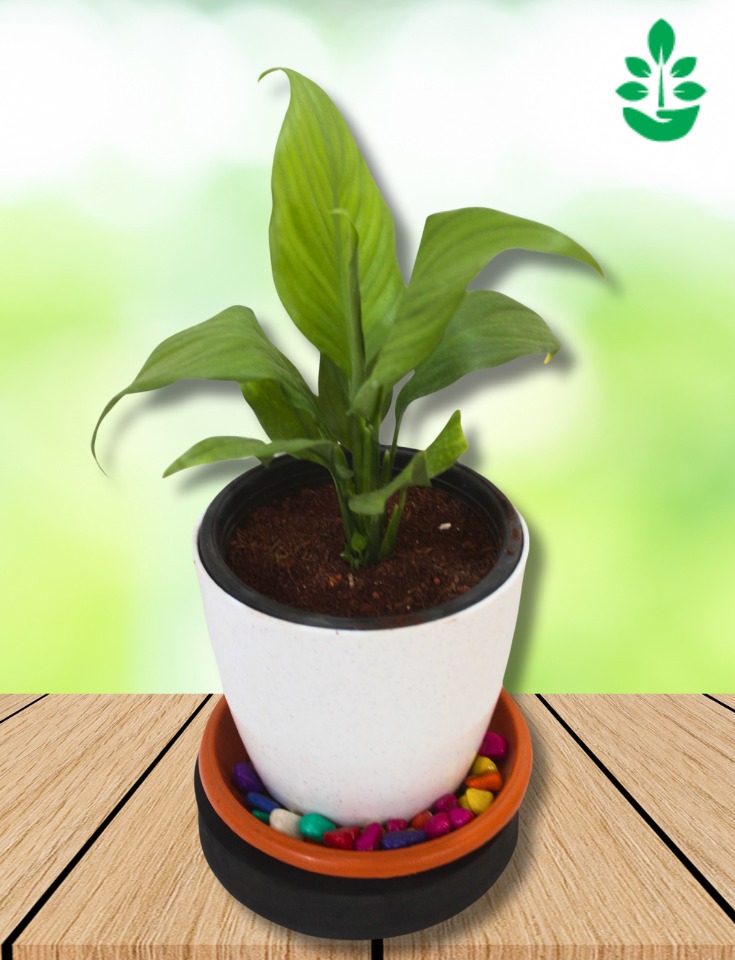

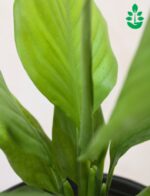
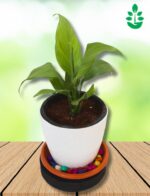









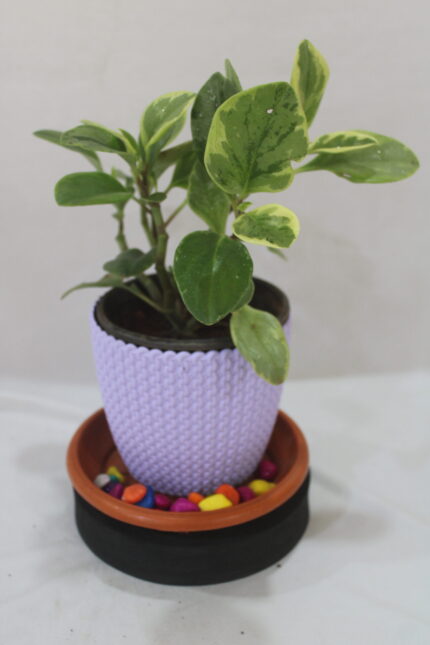









Reviews
There are no reviews yet.